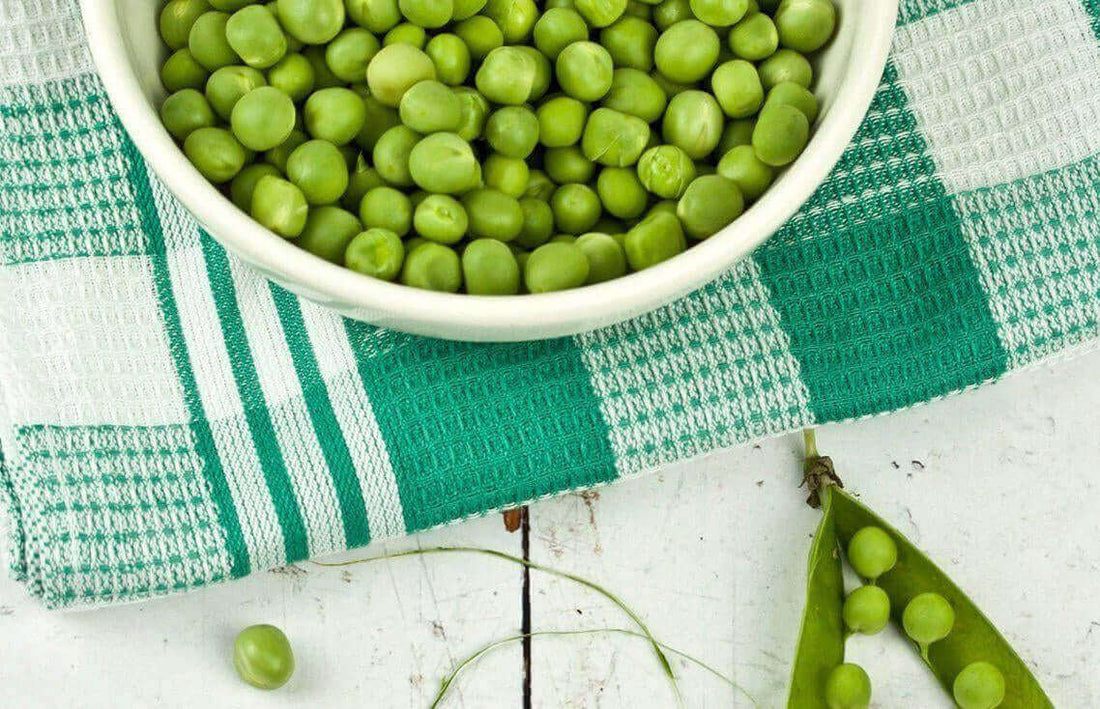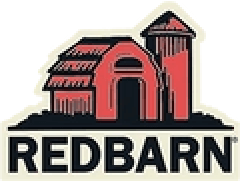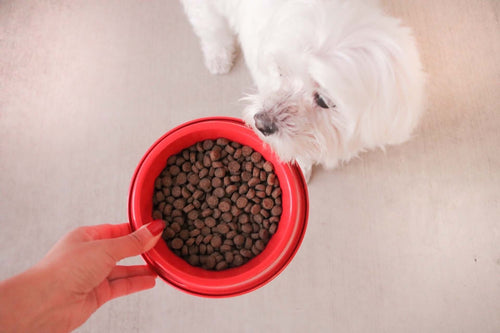
Are Legumes Safe for My Dog?
When thinking about legumes in your dog’s food, a lot of questions may come to mind. “Should my dog eat legumes,” “Are they healthy for my dog to eat,” and most of all, “Are they safe?”
Picture this: you left out a bowl of cooked green peas you were planning to eat for dinner, but somehow your pooch managed to reach the counter and devour the peas before you could catch them!
You may be wondering about the health of your fur baby and if you should immediately call your vet (and you should if they have allergies or food restrictions). But don’t worry, they’ll likely be okay minus a bit of gas.
Let’s explore nutritional facts about legumes, how to make the safest choice, and best practices when choosing the right legume-friendly food for your dog.
Benefits of Legumes
Legumes are not only safe for your dog, but they offer a healthy source of essential nutrients like vitamin A, vitamin C, vitamin K, iron, magnesium, and antioxidants.
Legumes are a natural plant-based source of protein, ranging from 8 grams per cup for green peas to 17 grams per cup for lentils! While they aren’t a replacement for an animal-based protein source that contains all nine essential amino acids, it’s a great additional source of nutrients.
But balance is key, and since dogs are omnivores, they need more than an all-protein diet to keep them fetching for years to come. Carbohydrates offer a great source of energy –– although they’re given a bad rap (healthy carbs are your friend!) –– omnivores source some of their energy from carbs which include dietary fiber, sugar, and starch.
Quick Tip: Energy needs vary by age and health (such as pregnancy). Consult with your veterinarian if you’re unsure about the appropriate diet for your dog.
While carbs offer your dog the energy they need, fiber specifically helps dogs maintain a healthy gut. It aids digestion by increasing the elimination process, which can help manage or even reduce diarrhea or constipation. This is great for weight management, helping pooches to feel full without eating so much food. Legumes can contain up to 10 grams of fiber per 100 grams!
Maintaining a balanced diet is important, so be sure to look out for recipes that have a good source of quality protein within the first five ingredients, along with a mix of wholesome vegetables and oil or fats.
Making the Right Choice
We know safety is important to you as a pet parent, and while legumes are a nutrient-rich ingredient in many pet foods, it might not be the best idea to open a can of beans and feed it to your pet.
Why? There are several reasons.
Foods that are not considered complete and balanced on their own can unbalance your dog’s diet. It’s best to keep supplements of unbalanced foods to 10% or less of your dog’s daily calorie intake.
Plus, feeding a significant quantity of beans to your dog would put them at risk for GI upset.
Another issue has to deal with processing. Some canned foods may include harmful additives such as preservatives, salt, seasonings, and chemicals that can be harmful to your dog’s health.
For instance, too much sodium may lead to increased or excessive thirst, along with other adverse consequences, including diarrhea, tremors, vomiting, seizures, and depression. Likewise, seasonings like onion or garlic powder can cause anemia and other symptoms of toxicity.
What to Avoid
- Canned beans with salt
- Beans with added oils and spices
- Added ingredients like garlic and onions
- Baked Beans (may contain high levels of saturated fat and sugars)
- Refried Beans (may contain unhealthy preservatives)
- Raw kidney Beans (high toxin levels dangerous to dogs)
Redbarn takes your pet’s health and safety seriously, which is why we do not use artificial flavors, preservatives, or colors in our canned foods.
If you are feeding your dog legumes, note any flatulence or bloating and be mindful of portions.
Avoid feeding raw beans to your dog, and remember, legumes are not a meal replacement and should only be fed in moderation. If you’d like to incorporate legumes into your dog’s diet, the safest option is to find food with legumes as an ingredient.
Making the Best Choice for your dog
Safety is a top priority when it comes to choosing your dog’s food –– whether it’s canned, rolled, or kibble. Redbarn takes Quality Assurance seriously, with 2 state-of-the-art labs running over 2500+ product tests per month, which includes cooking food at appropriate temperatures to ensure safe processing.
Whether you’re feeding your dog an Air Dried Powerfood, Dry Food, or Rolled Food, always choose recipes with wholesome ingredients you trust.


